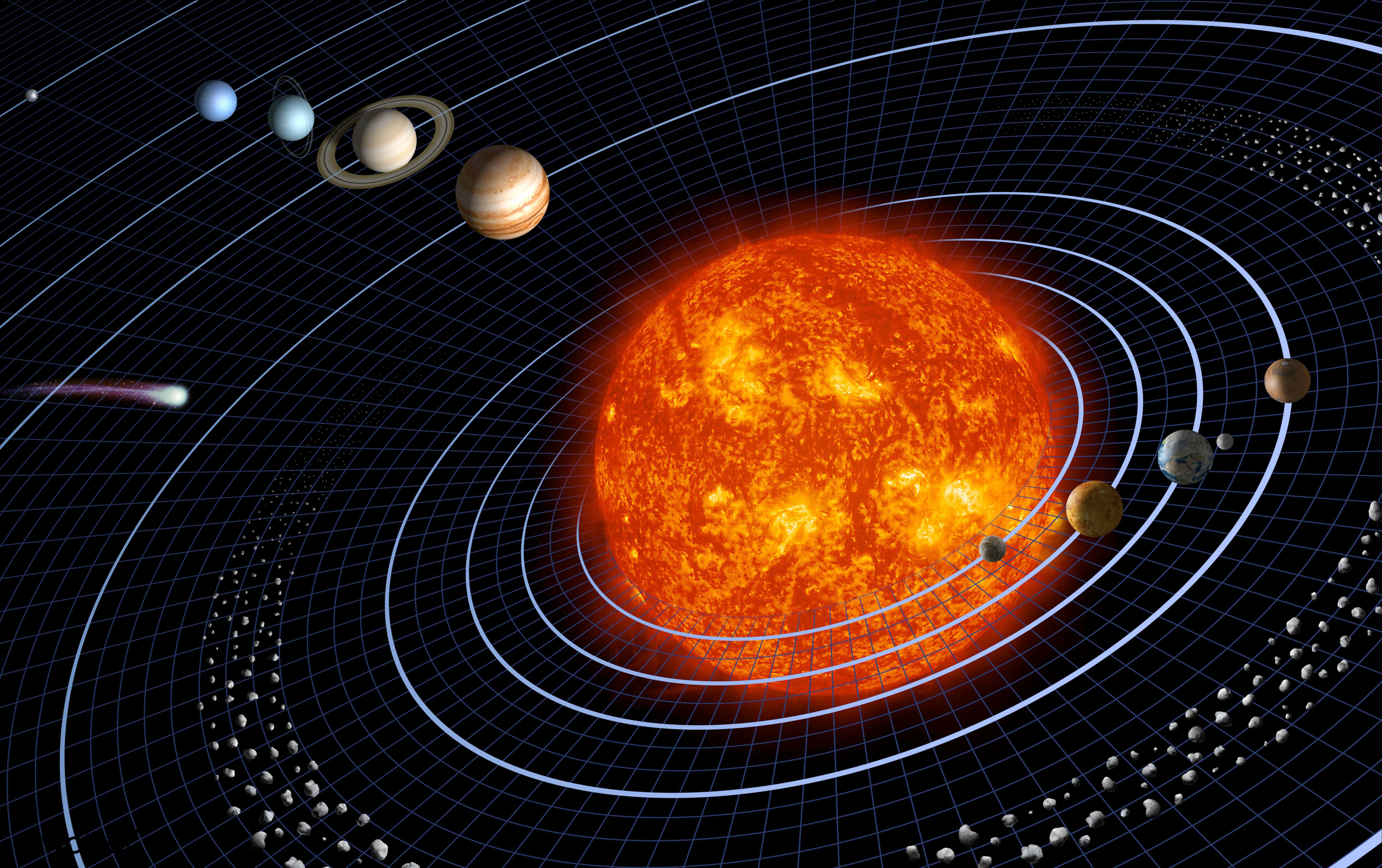An Introduction to the Sol System
Hello all and welcome to the Cosmic Wayfinder! This will be your guide on the celestial bodies within the Republic. For now, we will begin with the Sol System. As the birthplace of the Interstellar Republic and the home of over thirty sentient species, the Sol System is a fantastic look into the potential of biodiversity and technological advancement in the Milky Way. The Sol System has trillions of lifeforms across thirteen inhabited planets and hundreds of moons, creating a vibrant and diverse interstellar ecosystem.

There are three sections of the Sol System that extend outwards towards the singular star, Sol: there are the Inner Spheres which contain Vulcan, Stilbōn, Æfensteorra, Earth, and Akjotel. Then, there are the Outer Spheres which contain Harmakhis, Phaëton, Iovis, Cronelia, Astraea, and Leverrier. Finally, there are the Yonder Spheres which contain Dis Orima, Monarch, Ytalis, and Polyphinxion. These fifteen planets, along with their many moons, are occupied by trillions of unique organisms.

A map of the Sol System
Sol: The Early Light
Before we explore the planets and moons, the lifeblood of the Sol System’s abundance of life came to be found in the Sun, which supports it with heat. Sol stretches over 0.0093 AU in diameter and has existed for over 4.6 billion years. Recently, scientists have found that Sol contains levels of Essence well above ordinary stars, leading to life's evolution across nearly all celestial bodies in its orbit. The radiation and gravitational anomalies emitted by Sol led to the mutation of planets and microscopic life, which clung to asteroids that landed on worlds before eventually growing into fully-fledged organisms at different rates. Regarded as a “one in a nonillion occurrence”, Sol has been dubbed a gold-dwarf main-sequence star instead of a yellow star, as it is predicted to have an indefinite lifespan compared to its counterpart due to its unique composition.

Life on Stars?
Because of the gold dwarf's unorthodox composition, scientists have speculated that the increased presence of Essence within Sol has transformed it into its own celestial body. In the same way that Essence changes the conditions for viable life on planets, probes have found that microscopic life may exist on and within the surface of Sol, extending the "Goldilocks zone" to include the star itself. Republic scientists continue to work to create a probe that can survive direct contact with Sol to study the star up close.







Comments
Post a Comment